If you’ve never had a koi pond before or your previous ponds have been unsuccessful, understanding the right water depth is key.
If your koi fish don’t have a deep enough pond, they won’t live happy and healthy lives, which you may not know, but they also would like. You’ll also end up with sick and dead fish. Another interesting fact that you may not know they wouldn’t like.

So, how deep should a koi pond be? Four feet is the bare minimum depth for any koi pond.
If you can, you should make your backyard pond is five or even six feet deep.
Maybe you’ve heard other koi owners and sellers saying that three feet are enough. If you want to keep your pond fish as healthy and happy as possible, four feet is the minimum you should provide.
So now I guess you’re pretty much thinking “got it '' 4 to 6 feet deep and my pond will be a palace for my pets. Well, you also have to take into consideration the chemicals that go into the water, how to neutralize those and more about the depth of it.
Of course, that's what we’re about to cover next.
It’s important because koi need a specific amount of depth to stay healthy. It’s great if your Koi pool has a few different depths so that they can exercise their muscles and stay strong. These fish have a variety of muscles, and the ones they use to swim over different depths is different from the one they use to swim at a consistent depth.
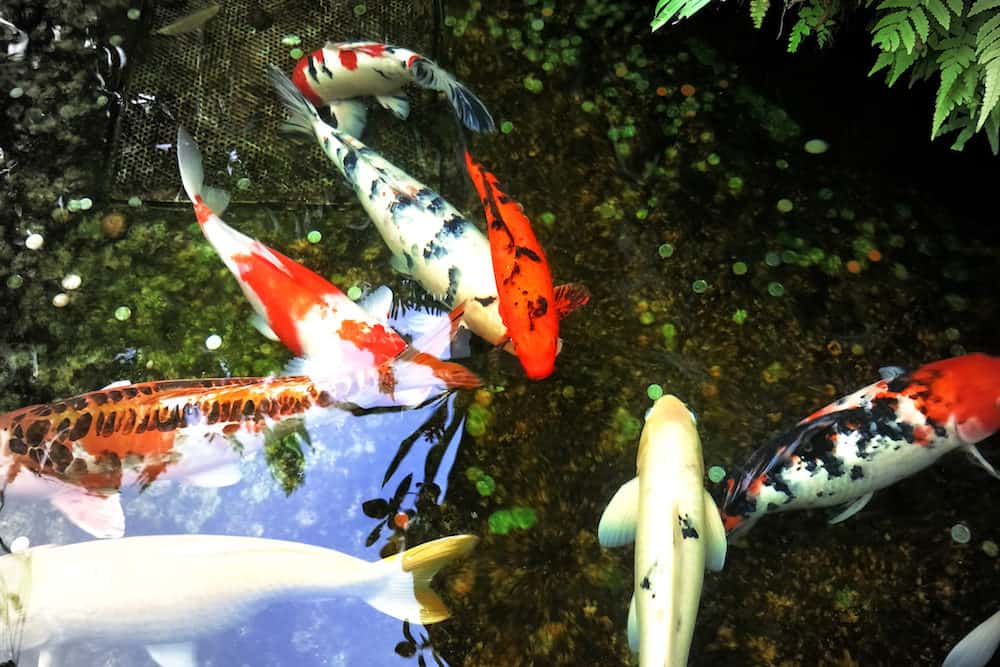
You should ensure every part of the pond has a depth of at least four feet, but some of the areas could be five or six feet, or maybe even deeper.
If your pond isn’t heated and your region gets cold in the winter, your Koi will also need deeper areas for their retreat. The water at the bottom is always warmer than at the top. As we’ll learn later, if you live in a region with cold winters, the top of the pond may freeze. Your koi need plenty of fluid water to swim in underneath.
You must ensure your fish pond is deep enough that if water freezes, the deeper area will be a refuge for your Koi. Freezing only spreads down to a certain depth. Your koi fish pond must be significantly deeper than that. This is why you must make sure it is a minimum of four feet, and preferably a bit deeper. A shallow pond could be detrimental to the well being of your fish, therefore, a deeper pond is highly recommended!

Imagine yourself as being cold when trying to sleep, but you have no blanket or sweater to cover with, not fun right?
When the surface of the water freezes, there may be certain hazards for your fish. Freezing of the pond surface will mean there is less oxygen (and more build-up of toxic gases) in the water. Luckily, there are things you can do to keep your koi safe over the cold and icy months.
You should operate an aerator, as well as a filtration system, in the pond so that the water stays in motion. This will improve gas exchange and help bring more oxygen into the water. It should also help a bit with preventing ice from building up. When you use an aerator, you must also put one or two tiny holes in the ice surface.
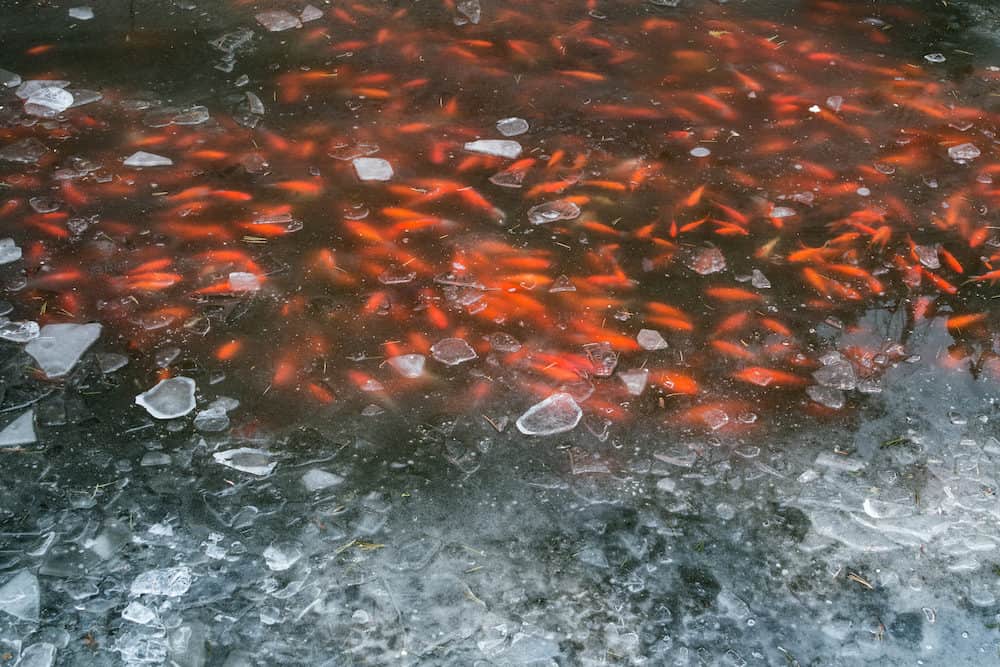
This means there will be somewhere for unwanted gases to escape and oxygen to come in.
Choose a gentle aerator for your koi pond in winter. Your fish enter a period of dormancy over the winter months. This means that they go near the floor of the pond and don’t need as much oxygen.
The lower they can go, the warmer the water will get. They need this to stay healthy. An aerator that creates too much agitation will disturb the fish and might stop them from doing what they need to.
Find an aerator that just creates a simple bubble stream. You don’t want one that will create a powerful current or that creates so many bubbles that the water almost looks “boiling” in any area. If you do, this will interfere with your Koi’s dormancy.
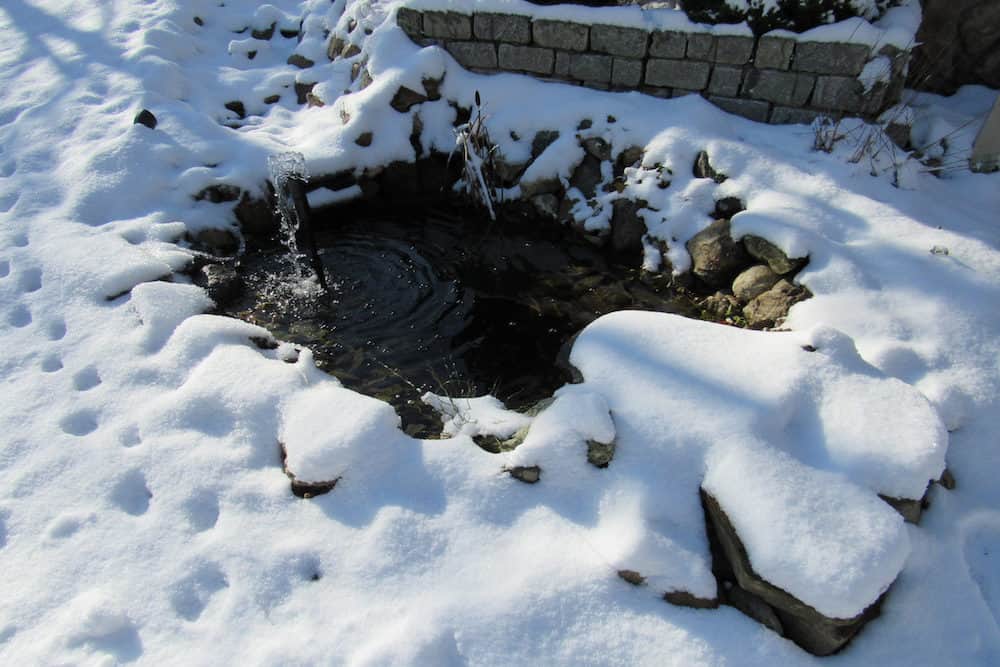
An important note for winter koi pond care: never try to remove or break up the ice (beyond the one or two tiny holes we mentioned earlier). Hitting the ice too hard can harm your koi because of the shock waves it will create.
Many koi owners wonder what emergency measures they can take if it seems like the entire pond will freeze. In these circumstances, you can use a de-icer. Use this to ensure some of the water in the pond will be kept unfrozen for your fish. The minimum you should keep unfrozen is three feet, so your fish have room to swim.
Remember, water from your hose is the same as tap water. If you filled your koi pond with hose water without treating it, your Koi are at risk of chlorine poisoning. Chlorine poisoning is always a danger for fish if you put untreated tap water in their ponds. You need to dechlorinate tap water before putting it into your koi pond. Several substances work as safe dechlorinators. One of them is sodium thiosulfate.
If there is untreated tap water in your koi pond, the situation is even worse if there is ice sealing most or all of the surface. This will lead to greater concentrations of chlorine, and your Koi are at higher risk of death.
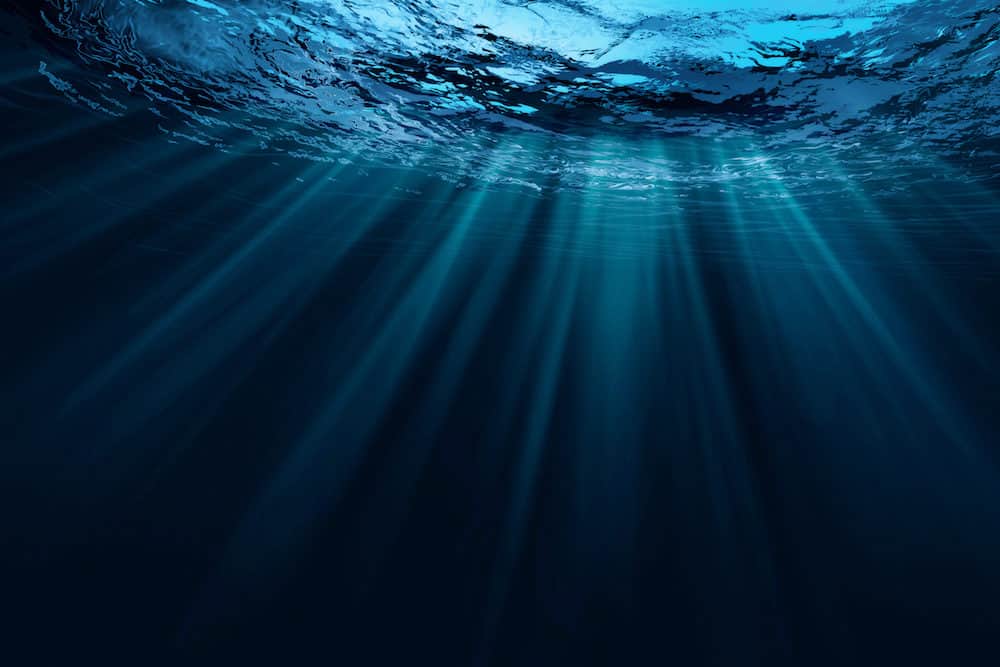
One reason why chlorine is dangerous for fish is because of how it kills necessary good bacteria in the pond ecosystem. This bacteria is needed for the toxic ammonia from fish waste to be converted to nitrate.
If the good bacteria that do this job are absent from the pond or not there in high enough concentrations, your fish can end up with ammonia poisoning. There are many potential symptoms of ammonia poisoning.
Some of these are fish that look like they’re gasping for air, fish not swimming around as much as usual, a purple or red tint to the gills, a body that looks a darker color than before, reduced appetite, and infections.
If we see dead fish in our pond, there’s a chance it’s because of ammonia poisoning. Seems a better option to avoid that, don’t you think?
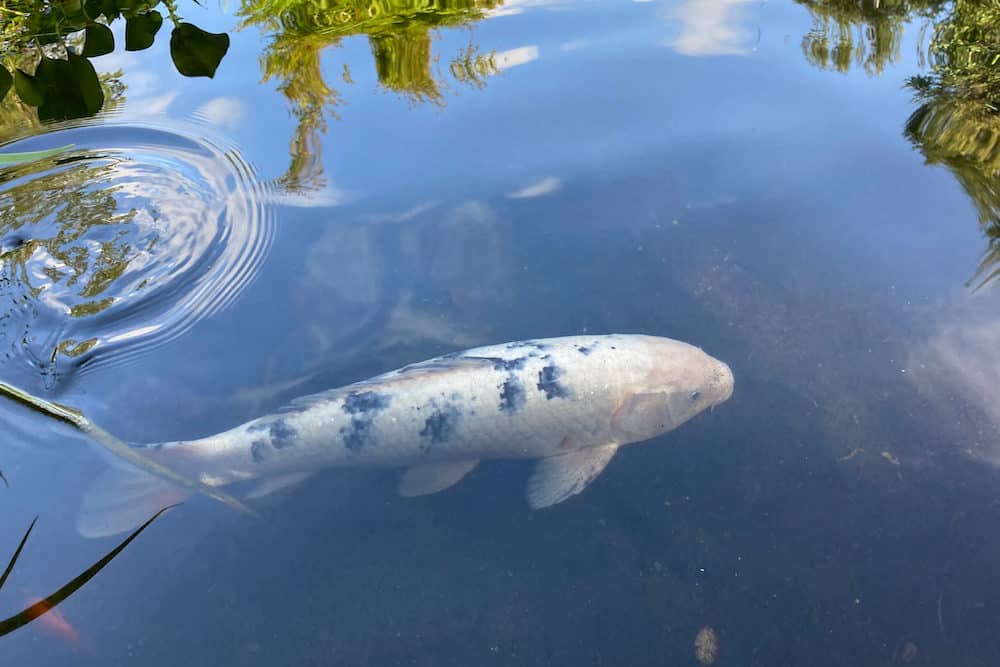
Maybe you’ve heard people say that you can dechlorinate tap water just by letting it sit for 24 hours. While this may work if your local tap (and hose) water is treated with chlorine, but some water authorities in the United States use chloramine instead of chlorine.
In fact, the EPA reports more than 20 percent of Americans have tap water that is treated with chloramines. While chlorine is gas, chloramines aren’t. Chlorine evaporates from water if you let it sit for 24 hours, but chloramines cannot be removed that way.
To reliably dechlorinate tap water, you should use a recognized liquid dechlorinator that will remove both chlorine and chloramines. Koi pond owners who want a more convenient way of dechlorinating tap water can use an inline dechlorinator.
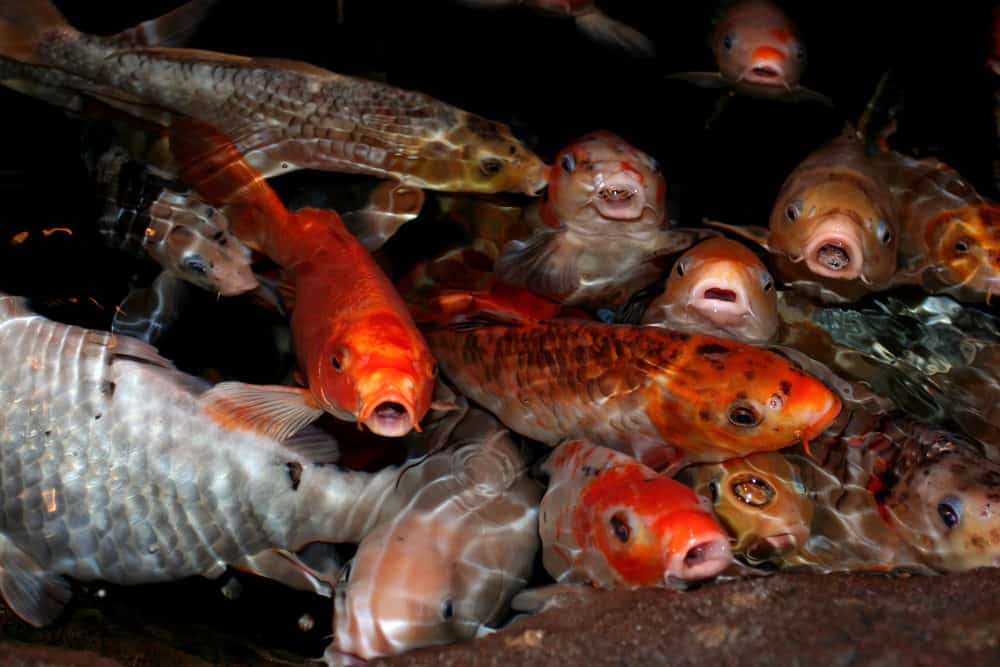
Look for a product that not only removes chlorine (dechlorinates) but also neutralizes other toxic substances (for example, heavy metals). There may be traces of heavy metals, such as copper and iron, in tap and hose water in your area. Other elements such as iron can cause serious problems for your fish if it gets concentrated in their pond water.
Using a high-quality neutralizer to treat tap or hose water before putting it in your koi pool will give you peace of mind and keep your fish safe. Thoroughly read the instructions on the bottle and follow them exactly.
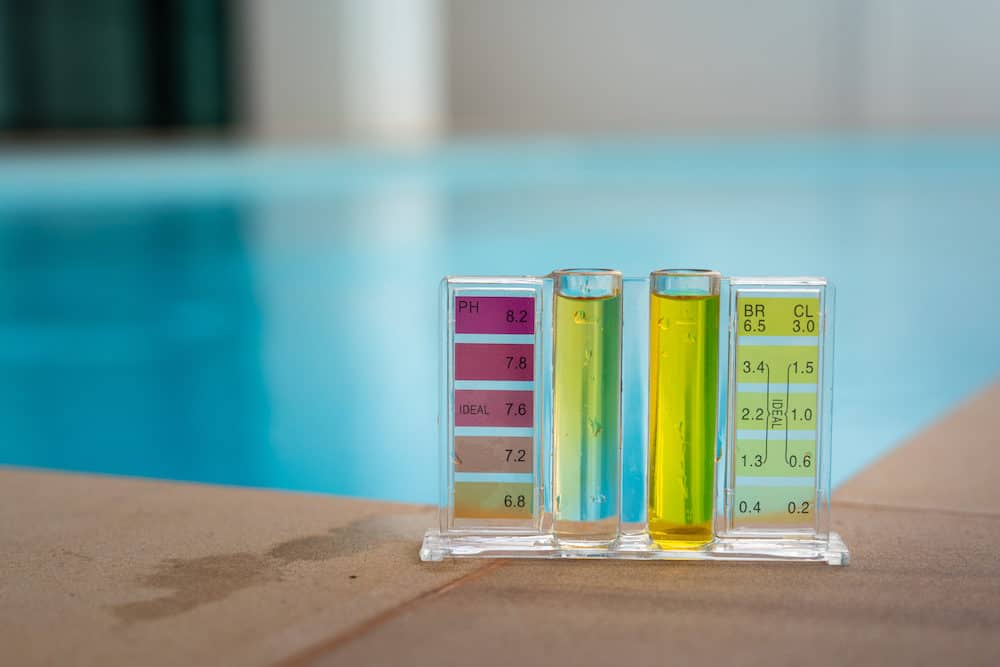
What would happen if you cram 12 people inside a 2 bedroom house. Most likely, a lot of conflict, fights for space and not enough oxygen, not to mention it would even be hard to get by. Think of that house as a small pond, and there you have it.
Clearly, pond depth is crucial for keeping koi fish healthy. Make sure your pond is a minimum of four feet, and five or six feet would be even better. Pond volume becomes especially important in the winter when freezing of the surface may occur.
Remember to neutralize and dechlorinate all tap or hose water you put in the pond. Pond depth is important for keeping the concentrations of any contaminants as low as possible.
If you have more than just a few fish in your backyard koi pond, water depth is not the only consideration you should have...be sure to provide them with a larger pond as well.